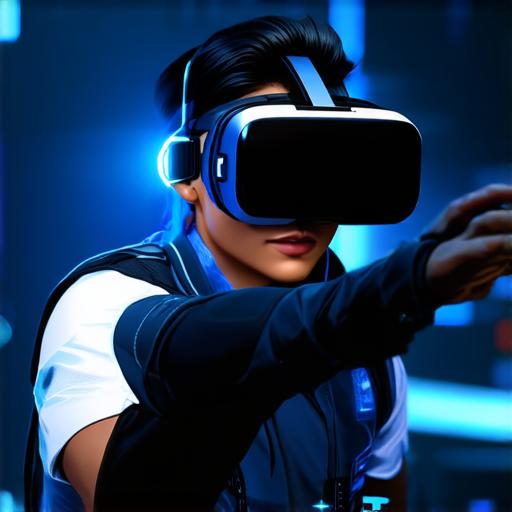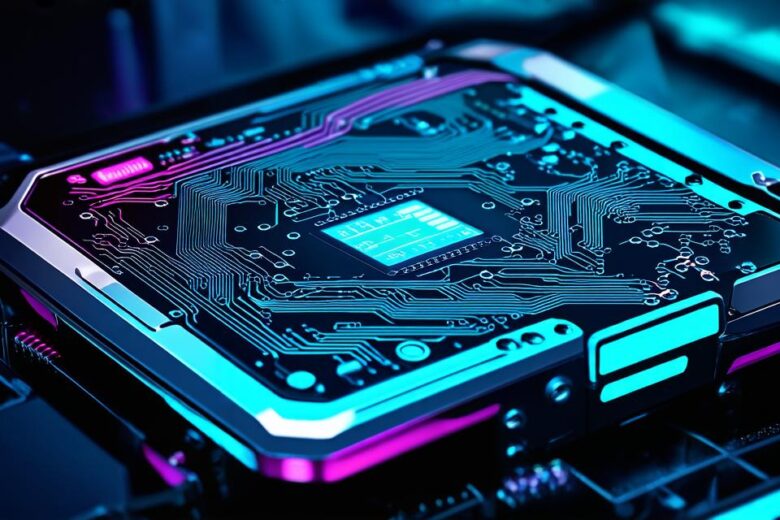Introduction
Augmented reality (AR) is a rapidly evolving technology that has the potential to revolutionize various industries. By overlaying digital information on the real world, AR experiences can enhance user engagement and provide immersive and interactive experiences.
Understanding Augmented Reality
Before diving into the development process, it is essential to understand what AR is and its key components. AR experiences are created by combining real-world environments with computer-generated graphics and data. This technology is used in various applications such as gaming, education, healthcare, and marketing.
Factors to Consider

- User Interface: The user interface (UI) is the primary point of contact between the user and the AR experience. A well-designed UI can enhance user engagement and provide a seamless user experience.
- Tracking: AR experiences require accurate tracking of the user’s position in the real world. This can be achieved using various tracking technologies such as GPS, inertial measurement units (IMUs), or depth cameras.
- Content Creation: Developers need to create high-quality 3D models and animations that blend seamlessly with the real world.
- Performance Optimization: AR experiences require high performance to provide a smooth and immersive experience. Developers need to optimize their code for efficient rendering and minimize latency.
Best Practices for AR Development
To develop successful AR experiences, developers should follow these best practices:
- Keep it Simple: AR experiences should be intuitive and easy to use. Complex interfaces can confuse users and detract from the overall experience.
- Focus on User Experience: The user experience (UX) is critical to the success of an AR experience. Developers should prioritize UX design and test their experiences with real users to identify areas for improvement.
- Use Real-World Context: AR experiences should be designed to enhance the user’s understanding of the real world. By incorporating real-world context, developers can create more engaging and meaningful experiences.
- Optimize for Performance: AR experiences require high performance to provide a smooth and immersive experience. Developers should optimize their code for efficient rendering and minimize latency.
- Test and Iterate: Developers should test their AR experiences with real users and iterate based on feedback. This can help identify areas for improvement and ensure that the final product meets user expectations.
Tools for AR Development
There are various tools available for AR development, including:
- Unity: Unity is a popular game engine that supports AR development. It provides a wide range of features and plugins for creating high-quality AR experiences.
- ARKit: ARKit is Apple’s AR development framework for iOS and macOS devices. It provides a range of tools and features for creating AR experiences on Apple devices.
- Vuforia: Vuforia is an AR development platform that supports both iOS and Android devices. It provides a range of tools and features for creating AR experiences, including object recognition and tracking.
- Wikitude: Wikitude is an AR development platform that supports both iOS and Android devices. It provides a range of tools and features for creating AR experiences, including object recognition and tracking.
Case Studies in AR Development
There are numerous examples of successful AR experiences developed using various tools and platforms. Here are a few case studies:
- IKEA Place: IKEA Place is an AR app that allows users to visualize furniture in their homes before making a purchase. The app uses ARKit to provide an immersive and interactive experience that enhances the user’s understanding of the products.
